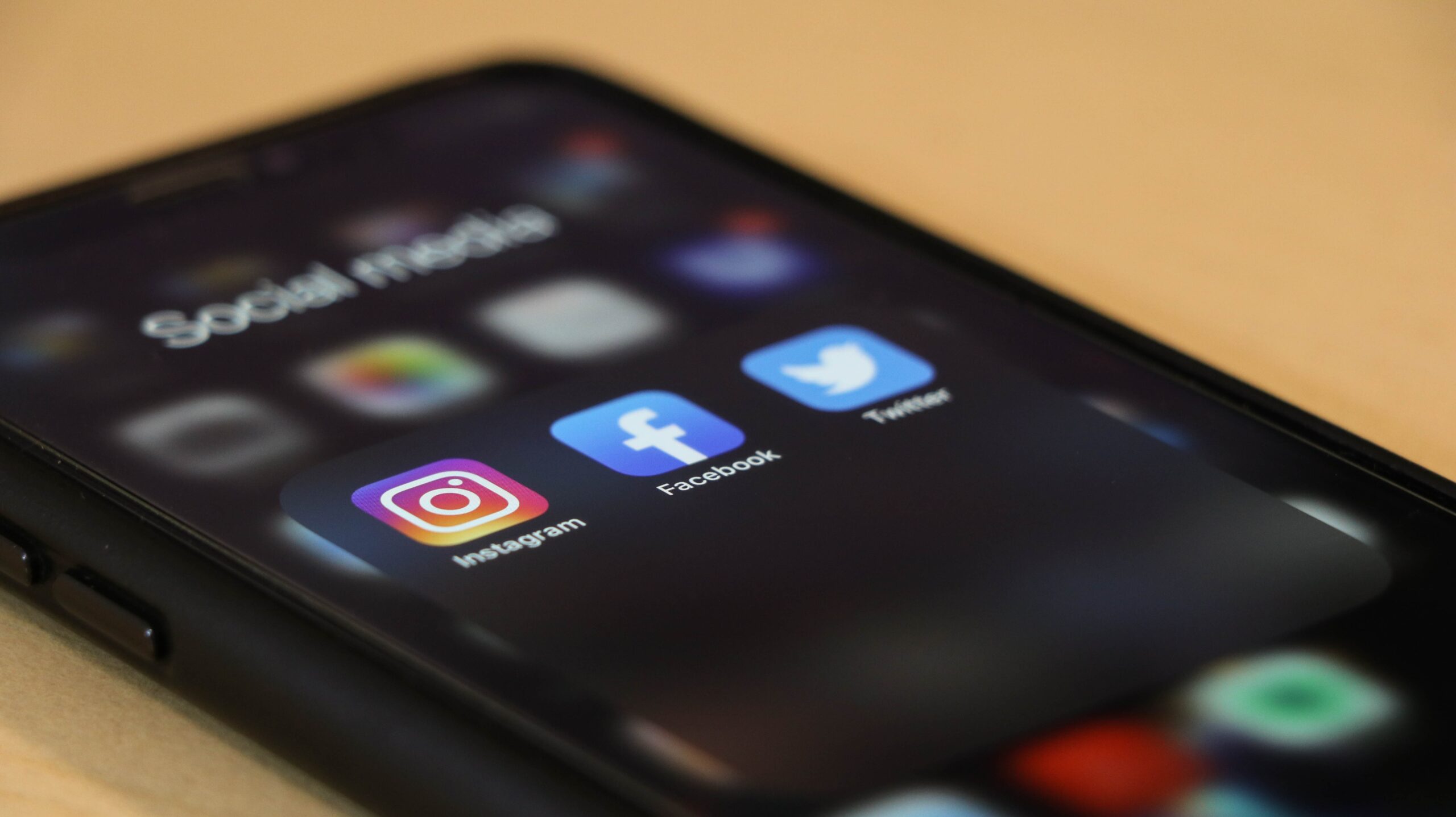
In today’s digital world, where the virtual world intertwines with your daily lives, there’s a pressing concern that should resonate with you. It’s about the toll social media takes on the mental well-being of teenagers.
You might have noticed the impact already, perhaps in your family or friends. Navigating the maze of likes, comments, and filters, teens face a growing challenge.
The constant comparison, the appeal of validation, and the hidden threat of cyberbullying can negatively impact their mental health. In this article, you will explore the complexities of this issue and its real-world consequences.
The Influence of Social Media on Teenagers
Social media’s impact on teen mental health is a subject of increasing concern. It’s about the tangible negative effects that these platforms can have on young minds. Social media’s influence on teenagers is profound and multi-faceted.
It’s not just about sharing pictures or chatting with friends that platforms like Facebook, TikTok, or Instagram promote. It’s about how these platforms shape their perceptions, behaviors, and emotions.
However, these negative effects of the favored platforms cannot be underestimated. For instance, one such glaring example is that of an Instagram lawsuit. It shed light on the platform’s role in promoting body image issues and self-esteem problems among adolescents.
The Instagram lawsuit exposed how the platform’s algorithms often pushed content that glorified unrealistic beauty standards and promoted comparison culture.
Additionally, it heightens feelings of inferiority in young users. This legal action brought to the forefront the harm caused by unregulated social media practices.
According to TorHoerman Law, many teenagers suffer from anxiety, depression, and poor self-image due to their experiences on these platforms. The constant exposure to idealized lives and the pressure to garner likes and followers can lead to a toxic cycle of seeking validation.
Negative Effects on Teen Mental Health
The constant exposure to curated images and lifestyles can lead to feelings of inadequacy and low self-esteem. Teens often measure their self-worth based on likes and comments, which can be fleeting and unreliable sources of validation.
Moreover, excessive screen time and the compulsion to check notifications can disrupt sleep patterns. Lack of sleep is associated with several mental health challenges, such as depression and anxiety.
Additionally, social media can exacerbate feelings of loneliness as teenagers sometimes replace real-world relationships with online interactions.
According to the ABC News report, suicide rates among youths between 10 and 24 years of age climbed by 60% between 2011 and 2021. The National Center for Health Statistics of the Centers for Disease Control and Prevention is where this information was discovered.
Additionally, a poll that revealed nearly 3 out of 5 young females in 2021 expressed feeling depressed or miserable all the time. It saw an increase of 36% since 2011.
Understanding the Mechanisms Behind Social Media’s Impact
The quest for likes and validation plays a significant role. Teens often measure their worth based on the number of likes and comments they receive on their posts.
Cyberbullying, another key mechanism, takes advantage of social media’s anonymity. It’s easier for individuals to engage in hurtful behavior online, leaving victims emotionally scarred. The online environment can intensify the impact of bullying.
However, there are steps you can take to access the support you need and avoid feeling isolated. If you are being cyberbullied, the first action is to ask someone you can trust for assistance, advises UNICEF. You can consult your parents, the closest member of the family, or another responsible adult. You may contact a counselor, sports mentor, or preferred educator at your school.
If you are being bullied on social media, you could block the harasser and officially report their behavior there. The gathering of evidence is critical here. Take note of text conversations and screenshots of posts on social media to demonstrate what has been happening.
Bullying must be recognized for it to end, and reporting is therefore crucial. Showing the attacker that their actions are inappropriate can additionally be helpful.
Parental and Educational Roles
Parents need to set healthy boundaries around screen time and help their teenagers strike a balance between the digital and real worlds. Encouraging offline activities and hobbies can provide a much-needed respite from the pressures of social media.
Educators also have a role to play. Integrating digital literacy programs into school curricula is essential for educating students on responsible online conduct, which includes recognizing and addressing cyberbullying. These initiatives can equip teenagers with the skills to navigate the digital world with greater confidence.
Coping Strategies and Support Systems
Developing healthy offline interests and hobbies can give teenagers a sense of purpose and fulfillment outside the digital world. Engaging in activities they enjoy and spending time with friends and family can boost their self-esteem and happiness.
Support systems are vital as well. Teens should be encouraged to contact friends, parents, or school counselors if they feel overwhelmed or face cyberbullying. Having someone to talk to can make a world of difference.
Initiatives and Policies
Initiatives and policies play a crucial role in addressing the concerns surrounding social media’s impact on teen mental well-being. Governments and organizations are responsible for creating regulations and programs that protect young users.
In support of the above, an advisory was let forward by Dr. Vivek Murthy, U.S. Surgeon General, released in May 2023. According to HHS Headquarters, he acknowledged the negative impacts of social media on young people’s mental health. It draws attention to rising worries as studies have shown the range of detrimental effects that social media could have. It includes the effect on teens’ emotional, social, mental, and physical aspects.
The report further describes potential dangers, the frequency of excessive media use, and present-day knowledge gaps. It suggests that everyone should collaborate on making social media safer. These include legislators, technology corporations, families, youngsters, and researchers.
The Way Forward
Awareness is the first step. Teenagers, parents, and educators must learn about these platforms’ potential risks and benefits.
Parents and guardians should actively engage with their children about their online experiences. Parents are advised to make a family media strategy.
Healthy technological limits at home, including those for social media usage, may be established with the support of agreed-upon agreements, states The Associated Press.
Thus, a family media plan can encourage open dialogue and rules regarding media usage for teens at home. It should cover subjects including balancing screen and internet time, setting content limits, and protecting personal information.
They can also prohibit using devices for a minimum of an hour before bed and all night. Avoid using technology during meals and other in-person meetings. Encourage casual and offline interactions with others to help kids grow their social skills and cultivate their interpersonal connections.
Teen Mental Health Needs Attention
The impact of social media on teen mental well-being is a pressing concern that demands attention. While these platforms offer connection and creativity, they also bring challenges like cyberbullying, unrealistic beauty ideals, and constant comparison.
Social media companies should prioritize safety, and governments should enact policies to protect young users. It’s also vital for parents to engage with their children about their online experiences and encourage offline activities.





